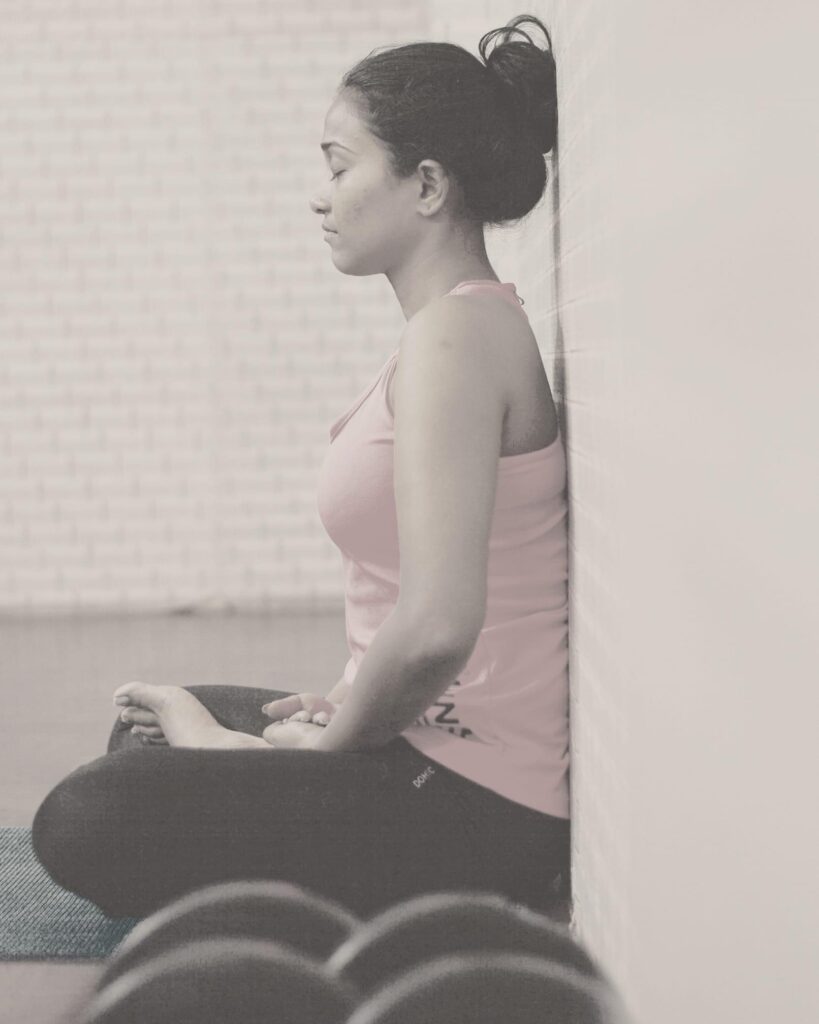
In today’s fast-paced world, mental health often gets overlooked in the hustle and bustle of life. Just as we pay attention to physical ailments, maintaining and checking on your mental health is crucial. This guide offers an in-depth understanding of mental health, its significance, ways to pinpoint problematic zones, and practical techniques to improve it—making your self-care journey a little easier.
What Is Mental Health?
Mental health refers to your emotional, psychological, and social well-being. It governs how you think, feel, and act in everyday situations. Mental health influences everything, from how we handle stress to how we build relationships and make decisions. It’s not simply the absence of mental illness but a state of thriving in all areas of life.
Mental health is dynamic—it shifts in response to circumstances. A stressful job, strained relationships, or major life changes can all impact it. However, just as physical fitness can be improved, so can mental health.
Why Is Mental Health Important?
Mental health plays an integral role in leading a balanced and fulfilling life. Neglecting it can affect many areas, including:
Physical Health: Did you know that poor mental health can lead to physical symptoms such as headaches, fatigue, and even heart disease? Your mind and body are deeply connected, and one influences the other.
Productivity: Whether at work or school, mental health is key to focus, decision-making, and creativity. A healthy mind is a productive mind.
Relationships: Positive mental health helps you connect and communicate with others more effectively, fostering healthier relationships.
Resilience: A robust mental state equips you to tackle life’s ups and downs with grit and grace.
When your mental health flourishes, so does your quality of life. Hence, mental well-being is not a luxury—it’s a necessity.
How to Identify Your Problematic Zones
Identifying issues in your mental health is the first step toward improvement. Here are some simple ways to find areas that need attention:
Emotional Patterns: Pay attention to frequent emotions. Are you feeling sadness, irritability, or anxiety too often? While occasional dips are normal, recurring negative feelings may signal a deeper issue.
Behavioral Shifts: Notice any changes in your behavior. Are you avoiding friends, feeling unmotivated, or struggling to complete tasks? Behavioral changes often reflect inner turmoil.
Sleep and Eating Habits: Sudden changes in your sleep or appetite—like insomnia, oversleeping, or binge eating—are red flags.
Physical Symptoms: Aches, fatigue, or a constant feeling of being “off” might have roots in mental health.
Self-Reflection: Take a moment to ask yourself: “Am I happy with where I am? What’s bothering me right now?” This self-awareness can shine a light on hidden problems.
Easy Ways to Work on Your Mental Health
Once you’ve identified the problematic zones, it’s time to take action. The good news is that working on your mental health doesn’t have to be overwhelming. Here are some easy and effective steps:
Set Small, Achievable Goals: Don’t overwhelm yourself by trying to fix everything at once. Start with small changes, like a 10-minute walk daily or journaling before bed.
Mindfulness Practice: Incorporate mindfulness techniques like meditation or deep breathing exercises. These help you center your thoughts and reduce stress.
Seek Support: You don’t have to face challenges alone. Share your feelings with trusted friends, family, or mental health professionals. Talking is powerful.
Healthy Lifestyle: Sleep well, eat balanced meals, and stay active. These simple habits go a long way in boosting your mental and physical health.
Celebrate Wins: Acknowledge your progress, no matter how small. Each step forward is a victory.
Four Techniques to Gain Insight Into Your Mental Health
Mental Health Assessments: Online tools and checklists can provide a preliminary idea of your mental well-being. For example, quizzes about stress levels or emotional states can offer perspective.
Journaling: Writing down your thoughts and feelings daily can help you spot patterns. For example, do certain events trigger anxiety? Do specific people or activities uplift your mood?
Mood-Tracking Apps: Apps like Moodpath, Daylio, or Sanvello allow you to record your emotions and notice trends over time. The visual representation of your moods can be eye-opening.
Self-Reflection Questions: Spend a few minutes daily reflecting. Ask yourself:
- What am I grateful for today?
- What stressed me out the most?
- What can I do differently tomorrow? Reflecting regularly builds self-awareness.
Dive Deeper: The Role of Professional Help
While self-care is empowering, some issues may require professional intervention. Therapists, counselors, and psychiatrists are trained to guide you through challenges. Seeking professional help is not a sign of weakness—it’s an act of courage and self-respect.
When should you consider professional help? Here are some signs:
- Persistent feelings of sadness, hopelessness, or worthlessness.
- Difficulty functioning at work or in relationships.
- Suicidal thoughts or self-harming behaviors.
- Intense and prolonged anxiety or panic attacks.
A mental health professional can provide tools, resources, and tailored support to address your specific needs.
A Holistic Approach to Mental Well-Being
Your mental health journey doesn’t have to be limited to traditional methods. Holistic practices can complement your efforts. Consider exploring activities like yoga, art therapy, music therapy, or even spending more time in nature.
For example, research shows that being in green spaces reduces stress and enhances mood. Similarly, creative outlets like painting or playing an instrument can be therapeutic.
Final Thoughts: Mental Health Is a Journey, Not a Destination
Remember, mental health is an ongoing process—it’s about making consistent efforts to understand and nurture yourself. Checking your mental health regularly can lead to a more resilient and fulfilling life.
Start small. Reflect daily. Celebrate progress. And most importantly, be kind to yourself. You’ve got this!
